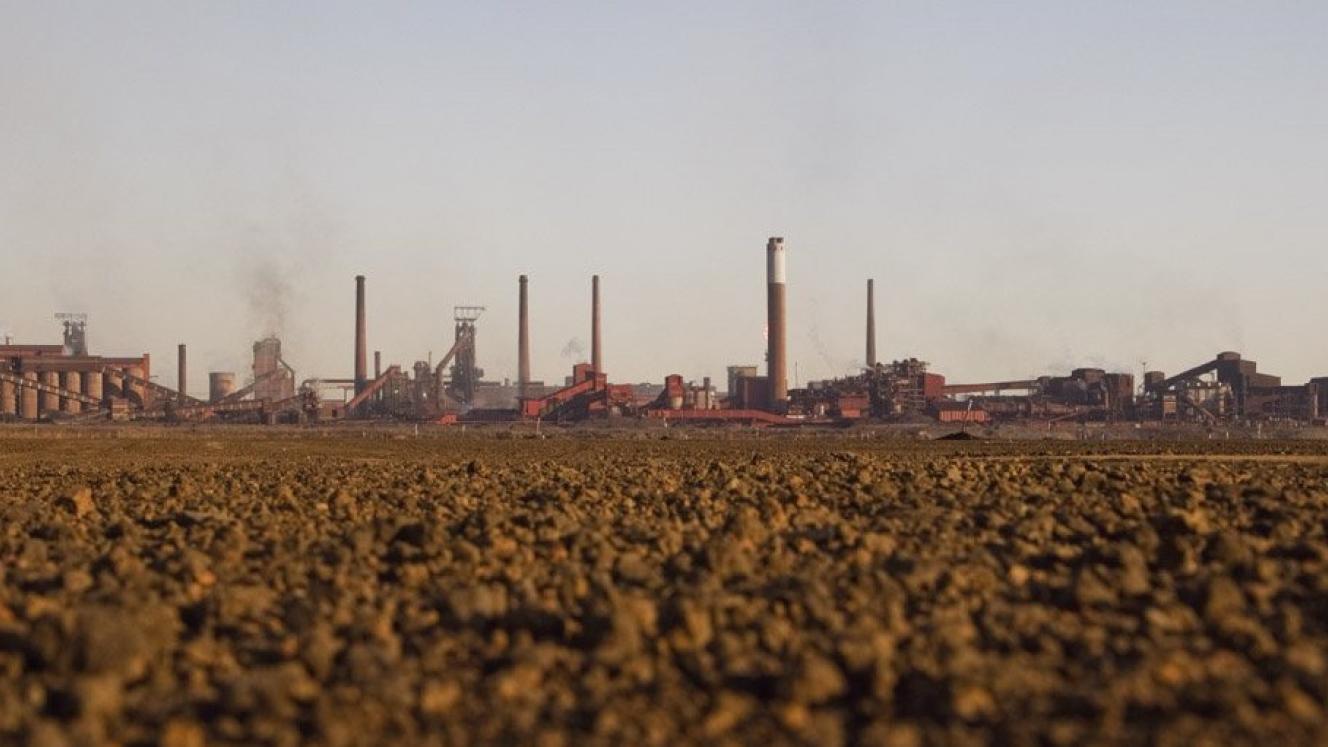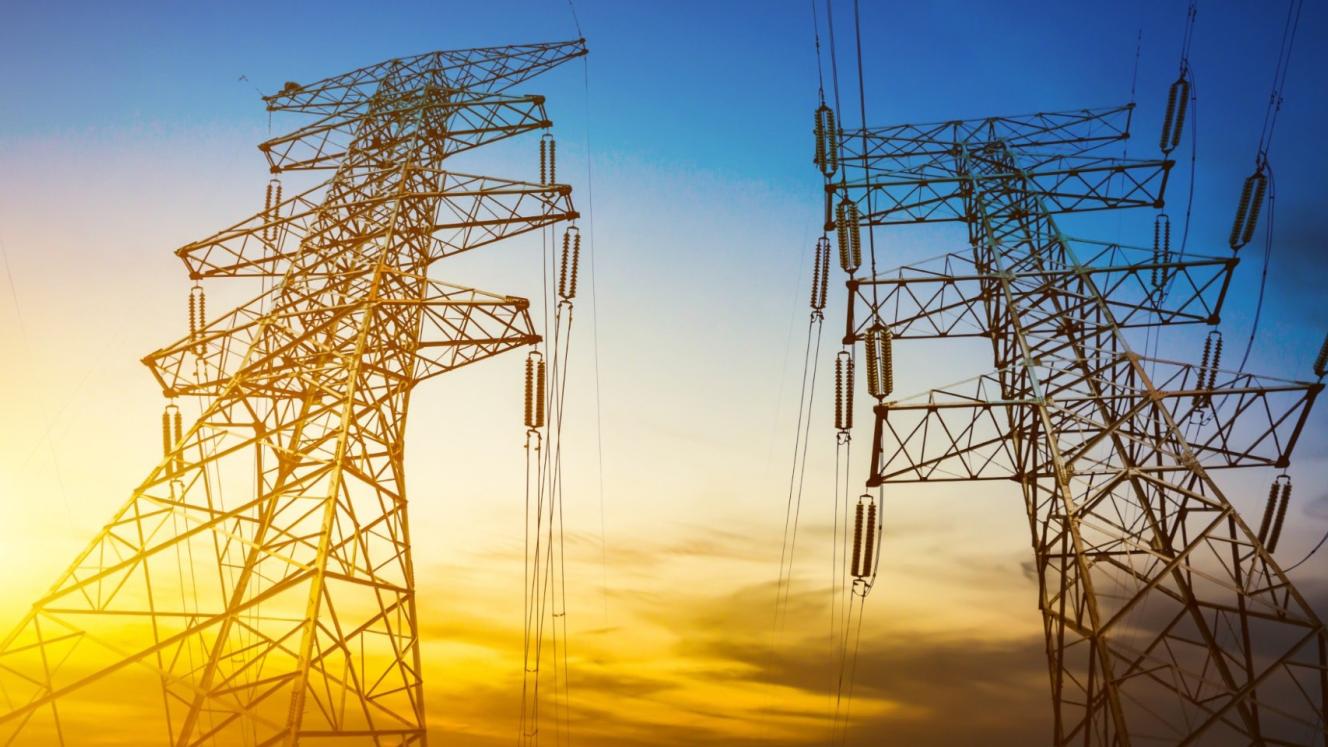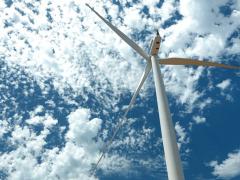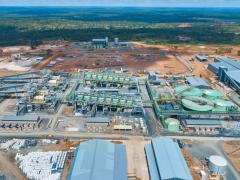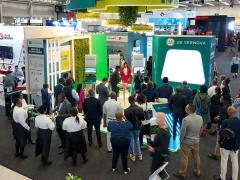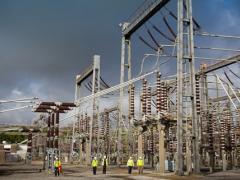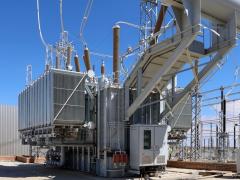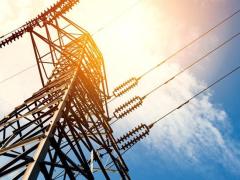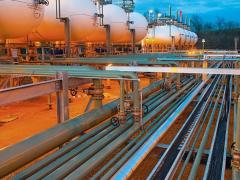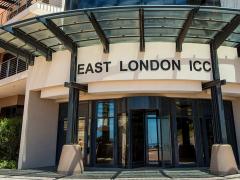ArcelorMittal South Africa has recorded a 69% reduction in lighting-related energy consumption following the first-phase deployment of an outsourced Lighting-as-a-Service (LaaS) system implemented by Energy LED.
The system has been installed across selected facilities as part of a broader energy efficiency programme.
According to Energy LED, the LaaS model enables ArcelorMittal to upgrade its lighting infrastructure without capital expenditure. The company funds, installs, operates and maintains the LED lighting system, which is paid off over time using savings generated by reduced electricity use.
The first phase is expected to avoid 5 285 tons of CO₂ emissions annually with total project savings projected at 50 MWh in energy and 50 000 tons of CO₂ over its five- to 10-year lifespan. ArcelorMittal estimates that cost savings from reduced electricity consumption and maintenance will exceed R140 million. The rollout is part of ArcelorMittal South Africa’s wider programme to reduce operational emissions and improve energy reliability across its production sites.
“The implementation of energy-efficient LED lighting not only reduces our energy consumption by over 60% but also aligns with our broader carbon reduction goals. Through this project, we are not only improving operational efficiency but also contributing to a cleaner, more sustainable future for the steel industry in Africa,” says Louis Bosch, Senior Specialist: Energy Reliability Technology Core Support Services at ArcelorMittal South Africa.
The system includes long-life LED fittings with reduced maintenance requirements and is expected to generate carbon credits. Verification of carbon credit generation is managed externally and future project phases are expected to expand the scale of implementation and carbon abatement potential.
“By introducing our LaaS model, we are demonstrating how energy efficiency can be achieved without upfront costs while generating carbon credits that further enhance sustainability efforts. This project sets a powerful precedent for reducing energy costs and carbon footprints,” says Andrew Winstone, CEO of Energy LED.
